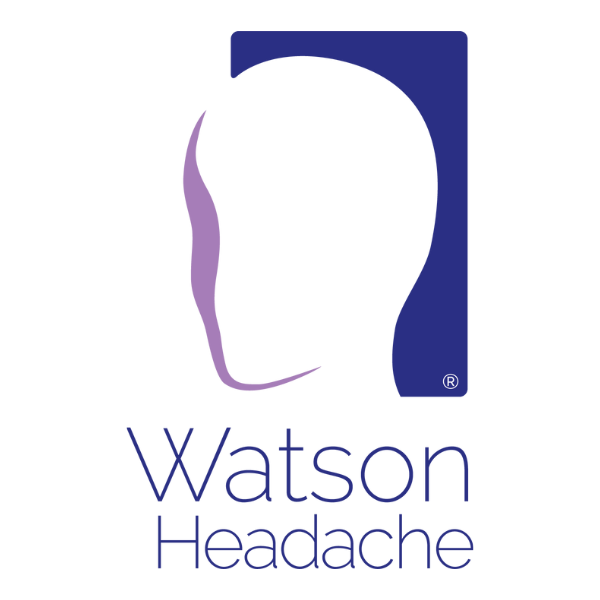Watson’s colleague has been pondering the value of the Flexion Rotation Test (FRT) since their last discussion.
“I am not saying that the FRT should be abandoned; I am just questioning its role identifying C1-2, even if it (FRT) was provocative, as the referring segment”, reiterates Watson.
“After our discussion, I looked up the paper you quoted,1 which reported prevalence of C1-2 referral as seven percent, and found that was based on anaesthetic blocks,” Watson’s colleague replies, “and evidence shows that the best available ‘gold standard’ to confirm C1-2 related Cervicogenic Headache (CGH) are intra articular blocks.”2
“This was my understanding too,” replies Watson, “however, notwithstanding that these techniques are quite invasive, rarely accessible to clinicians and have inherent risks, let’s review this seminal research.”
“Yes, I understand that there were 166 subjects who were diagnosed with ‘probable’ CGH, but only 75 percent responded appropriately, confirming the diagnosis,”1 interjects Watson’s colleague. “Why do you think this is?”
“I think this is a different question to anaesthetic blocks of C1-2,” replies Watson. “Firstly, let’s explore anaesthetic blocks as the ‘gold standard’. An affirmative response depends on several factors. One is the experience and skill of the practitioner, and in this case, there is no doubt.
The Elephant(s) in the Room
“Also,” continues Watson, “complete relief is required.3 However, blocking afferents from the C2-3 disc is not possible, and the C2-3 disc is a recognised source of headache,”4,5 explains Watson. “Furthermore, the C0-C1 segment was not investigated.”
“Why do you think this is?”
“I am not sure, perhaps because of the proximity of the vertebral artery and or because there is no preliminary evidence to substantiate exploring C0-C1,” comes Watson’s ambivalent reply, “However, there is some evidence to support my informed-practice perspective, i.e., that the prevalence of
C0-C1 equals that of C2-3.6 This, along with potential C2-3 disc involvement, could explain confirmation in only 75 percent of subjects.”
“So, you are saying that anaesthetic blocks have limitations,” enquires Watson’s colleague. “Yes,” comes Watson’s confident reply.
Validating the FRT
“Well, where does this leave us? I understand that a recent perspective questions the FRT’s diagnostic (C1-2) value because it cannot be validated.”7
I understand your perspective on the importance of headache reproduction (and resolution), so if the FRT were provocative of typical head pain, that would incriminate C1-2.”
“Perhaps,” comes Watson’s tentative reply. “I believe the consensus is that reproduction is a more reliable test, but I still have reservations. Even if FRT were to be symptomatic, it is assumed that because the FRT emphasises
C1-2, C1-2 is the referring segment. Undeniably, though, the FRT stresses not only C1-2 but C0-C1 and C2-3.
Watson, keen to clear any confusion, continues, “Whilst anaesthetic blocks have limitations per se, they are accurate in incriminating specific segments. An absence of an affirmative response when approaching the upper cervical spine does not rule out involvement unless… C0-C1 is investigated, and the C2-3 disc can be successfully blocked. Therefore, anaesthetic blocks are the ‘gold standard’ for C1-2; research involving positive FRT and anaesthetic blocks could validate the FRT,” explains Watson. “However, given the very low prevalence of headache from C1-2 and the invasiveness and inherent risks involved, could this research be substantiated?” Watson inquires.
The Curricula Calamity
“So that leaves reproduction of symptoms when stressing specific segments,” Watson’s colleague concludes. “Yes, but manual (PAIVM) palpation has not been validated (in recent times) either,” Watson replies resignedly, “and given the current environment in which curricula are being stripped of palpation training, it is not going to happen any time soon.”
However, because the FRT is more accessible and requires less skill than PAIVM assessment, selectively stressing intervertebral segments, it is, in the headache space, on the verge of replacing PAIVMs, i.e., a more sensitive test is being replaced by a less sensitive test.
References:
- Govind J, Bogduk N. Sources of Cervicogenic Headache Among the Upper Cervical Synovial Joints. Pain Med. Jan 23 2021.
- Govind J. Headache and the upper cervical zygapophyseal joints. In: Selvaratnam P NK, Zaluaga M., ed. Headache, Orofacial Pain and Bruxism: Elsevier; 2009:43-53.
- Bogduk N. Role of anesthesiologic blockade in headache management. Curr Pain Headache Rep. Oct 2004;8(5):399-403.
- Schellhas KP, Smith MD, Gundry CR, Pollei SR. Cervical discogenic pain. Prospective correlation of magnetic resonance imaging and discography in asymptomatic subjects and pain sufferers. Spine (Phila Pa 1976). Feb 1 1996;21(3):300-311; discussion 311-302.
- Grubb SA, Kelly CK. Cervical discography: clinical implications from 12 years of experience. Spine (Phila Pa 1976). Jun 1 2000;25(11):1382-1389.
- Watson DH, Drummond PD. Head pain referral during examination of the neck in migraine and tension-type headache. Headache. Sep 2012;52(8):1226-1235.
- Paquin JP, Dumas JP, Gérard T, Tousignant-Laflamme Y. A perspective on the use of the cervical flexion rotation test in the physical therapy management of cervicogenic headaches. Arch Physiother. Dec 08 2022;12(1):26.

